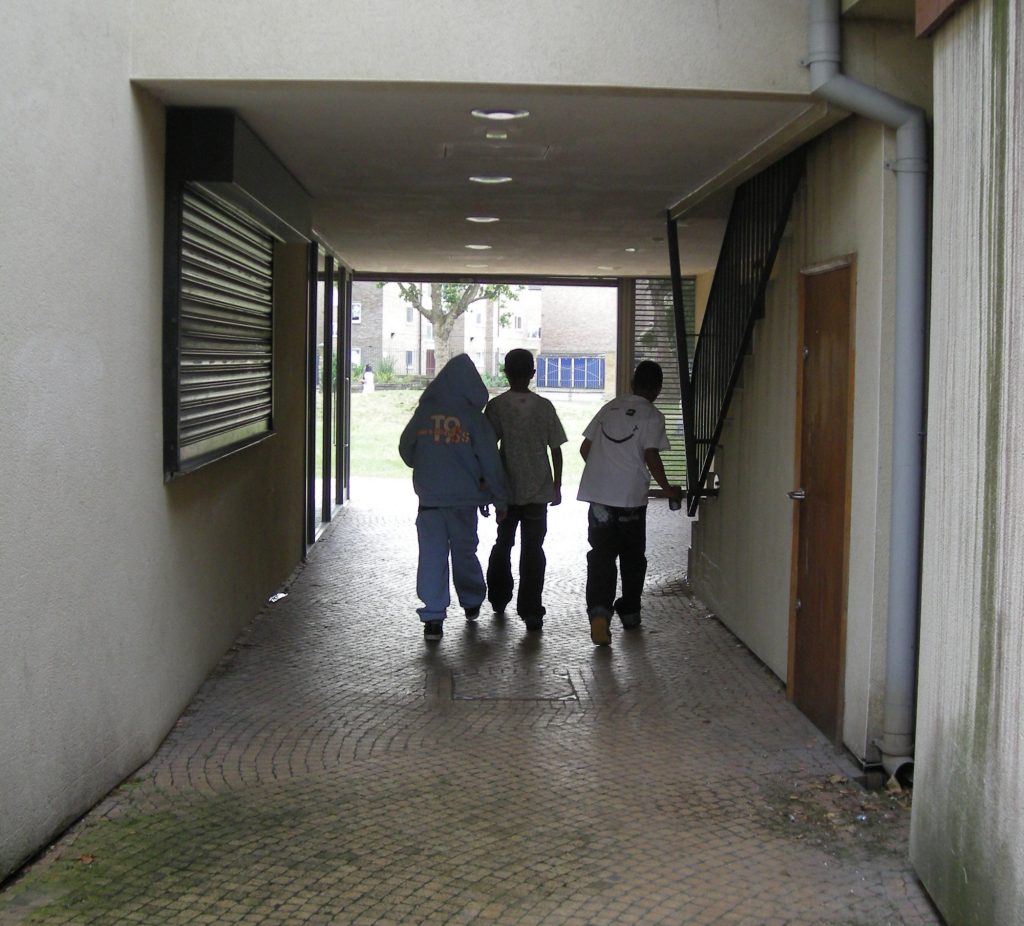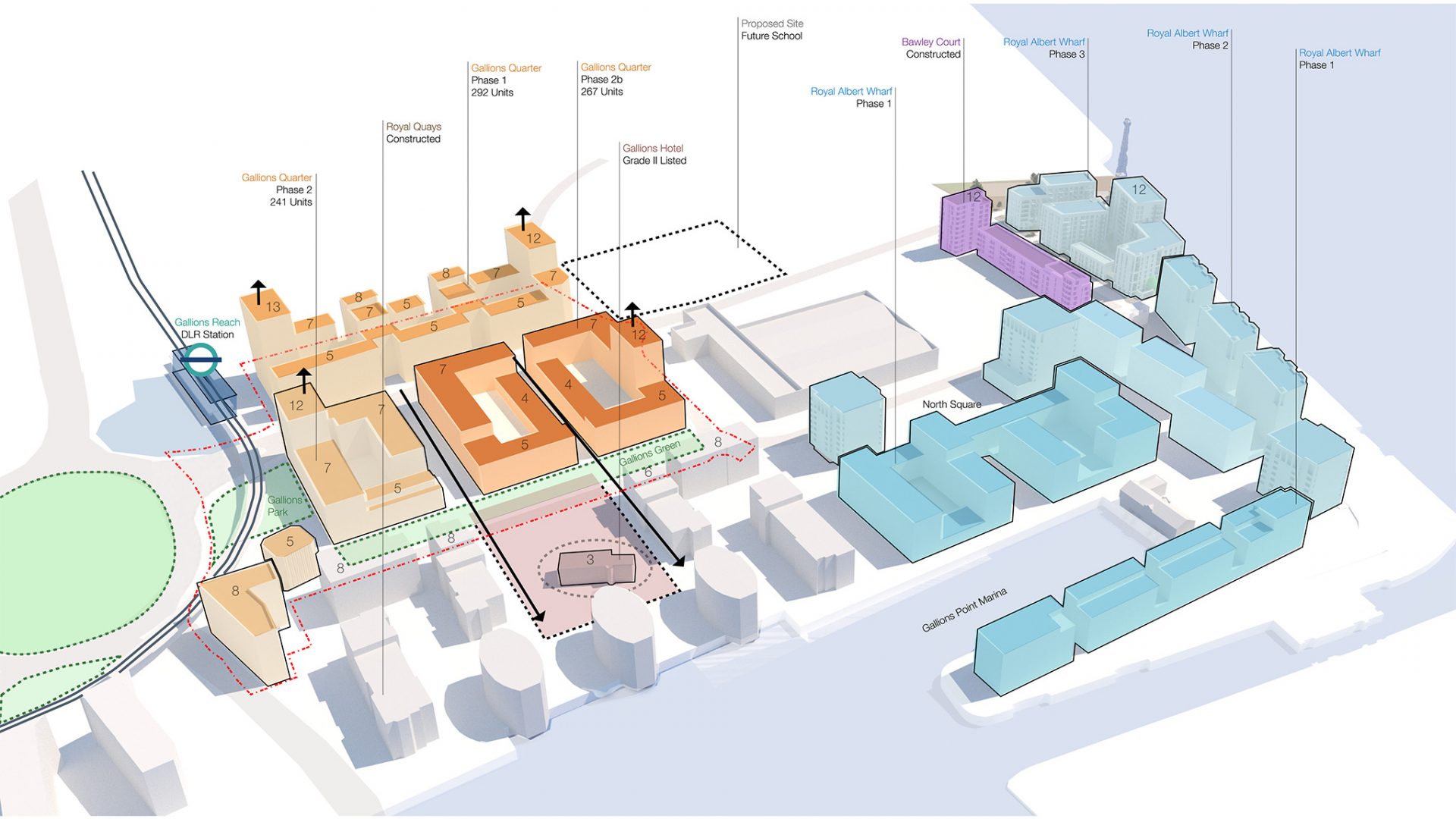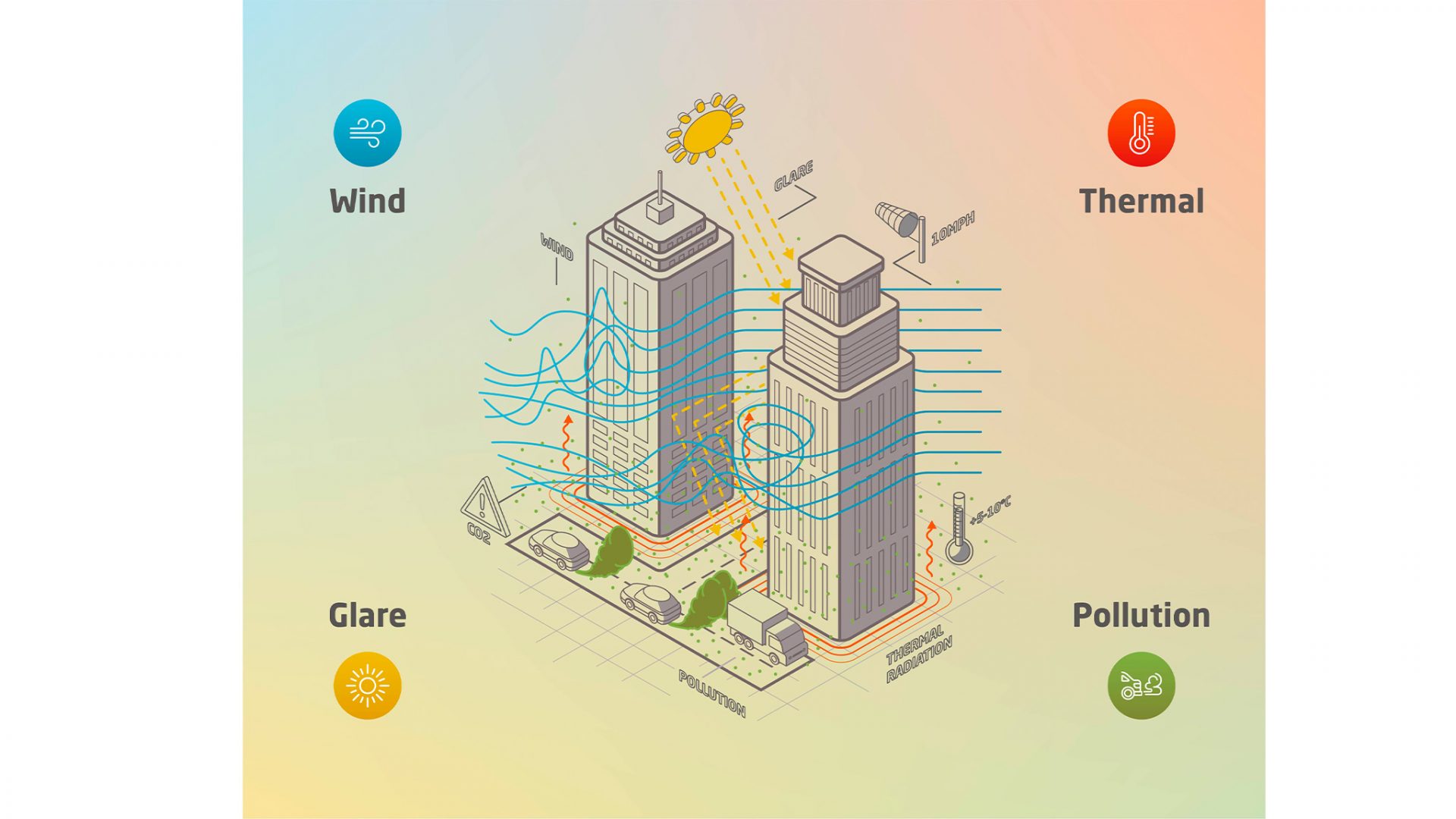Clare Richards is the founder and director of ft'work (Footwork Architects), a non-profit organisation, working to help create thriving communities and ensure clear social principles underpin development within the built environment. She is also a patron of the London Festival of Architecture. In this essay she shares her thoughts on our 2019 theme of boundaries.

I did two things this week in preparation for LFA 2019. The first was to visit a hospital-based project in Waterloo that intercepts young victims of gang violence and then works with them for 6 months back home. The second was a meeting with a leading contemporary dance company which, as part of its outreach, creates choreographies to bring together people of all ages and backgrounds.
So what do knife crime and dance have to do with a festival of architecture, or the built environment for that matter? The stark picture of London, as it sets about addressing a housing crisis and failing high streets, is of growing inequality, intolerance, child poverty, homelessness and isolation. Rather than improving people’s lives, many communities see regeneration and development as something that is done to them, not with or for them.
I happen to believe strongly that it’s the collective responsibility of those of us shaping the city’s built environment to rise to the social challenge that this represents. The question of how to value and bring value to London’s existing communities is at the heart of this, yet our preoccupation is with the red line that marks the boundary of a site — whether as a physical constraint, a design challenge, or an economic opportunity. Behind physical boundaries there are invisible social boundaries, yet they only feature in development currency to the extent that we choose to identify them, reveal them and respond to them.
In fact I’m an optimist and I think we’re moving in the right direction. I was heartened at the launch of the RIBA’s current exhibition, Making it Happen, New Community Architecture, to hear curator Pete Collard describing a growing interest among students and young architects in “designing for public good”. This isn’t just about being more socially aware, it also makes good economic sense — thriving communities add value in every sense.
That’s why, for this year’s festival, I am working on two projects exploring how physical and social boundaries overlap. The first is a series of short films, one of which will trace an apparently innocuous postcode boundary, with a voice-over of comments by the young victims of violence for whom this boundary has a very different meaning. The second is a cross-cultural and inter-generational dance project on the theme of ‘boundaries’, culminating in two site-specific public performances.
The Festival is now so well-established, its reach so impressive, that it can call upon London’s huge pool of design talent to come up with ambitious events responding to all manner of boundaries — social, cultural, technical, material and physical. The LFA not only shows the world what London’s designers have to offer, it’s an important showcase for what we can offer our city, which is why ft’work greatly values being a Patron.
I see this year’s theme as an opportunity to push the festival’s own boundaries, to reach outside the design world to all Londoners.







